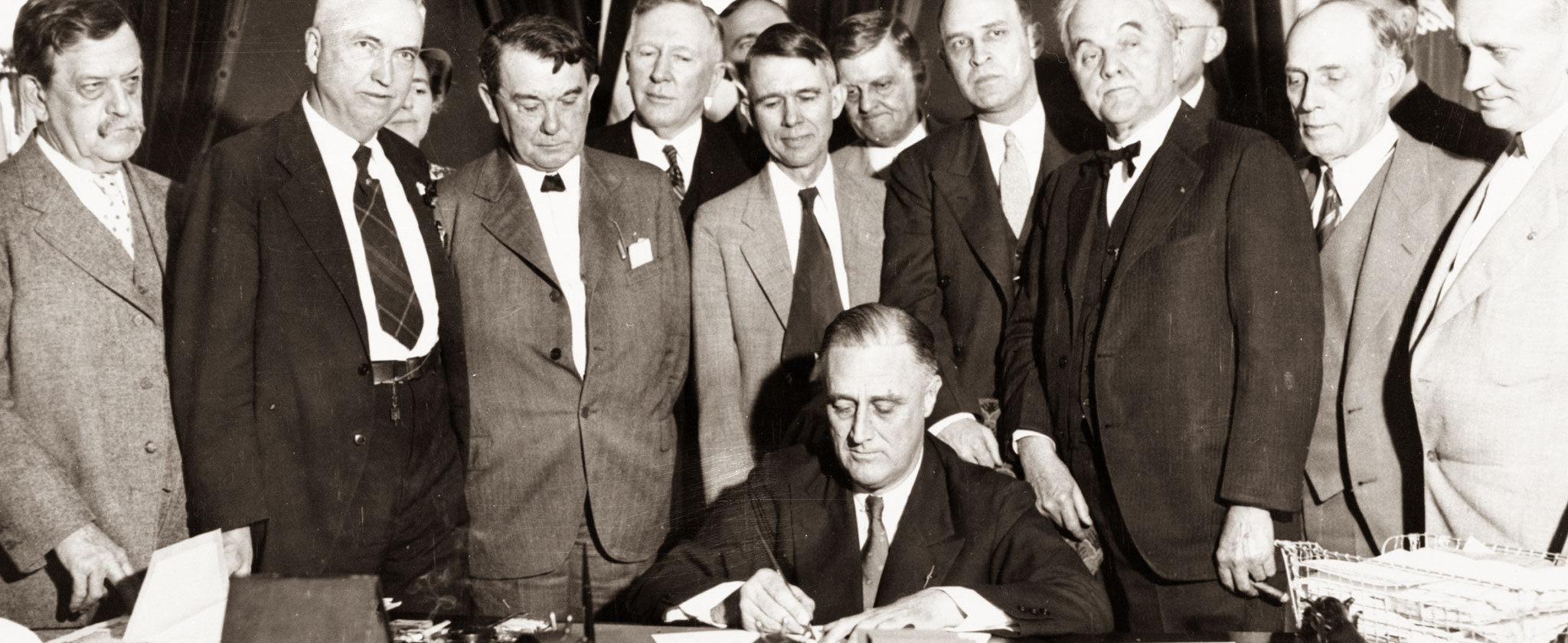TVA History
If you were carried back in time to 1933, you might not recognize most areas in the Tennessee Valley, the region that runs through seven southeastern states and surrounds the Tennessee River.
At that time, the region was in pretty bad shape compared with the rest of the United States. It was dangerous to travel on major stretches of the Tennessee River. Many of the people who lived in the Valley had no electricity and were barely getting by. Farmers were suffering because the soil where they grew their crops was poor and worn out.
To make matters worse, the entire country was in the middle of a huge economic slump known today as the Great Depression, which meant that a lot of people had no jobs. Many families in the Tennessee Valley region were unable to buy or grow enough food to stay healthy.
When our 32nd president, Franklin Delano Roosevelt, entered office in 1933, he wanted to help the people of the Tennessee Valley become more prosperous, healthy and productive. In order to do this, President Roosevelt signed the Tennessee Valley Authority Act on May 18, 1933.
This act of Congress created the Tennessee Valley Authority (TVA), a federal corporation. The new agency was asked to tackle important problems facing the Valley, such as flooding, providing electricity to homes and businesses and replanting forests. Other TVA responsibilities written in the act included improving travel on the Tennessee River and helping develop the region's business and farming.
Today, TVA has certainly lived up to President Roosevelt's hopes. TVA is the largest public power company in the United States. The agency also carefully runs the nation's fifth-largest river system in order to reduce flood damage, make rivers easier to travel, provide recreation and protect water quality. The Tennessee Valley is now a great place for families to live and work.

